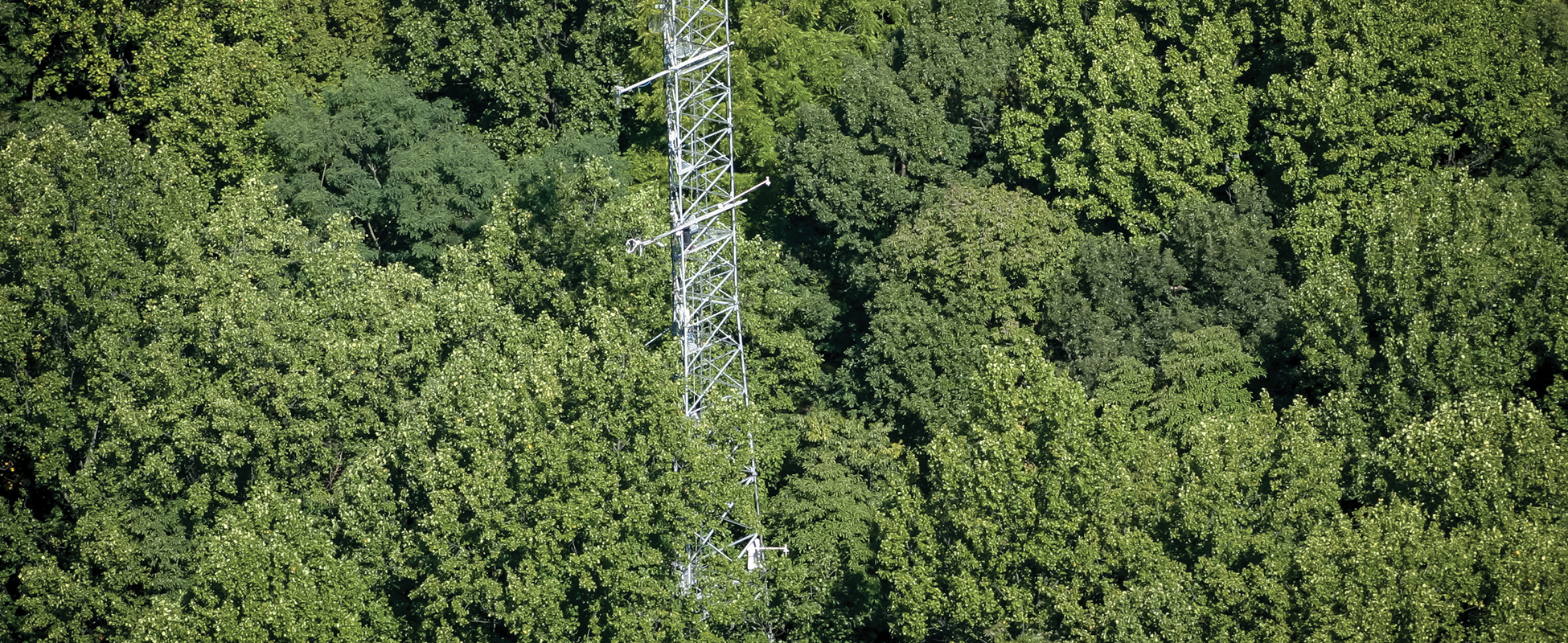TERRA - PNW
The mission of the Terrestrial Ecosystem Research and Regional Analysis group (TERRA-PNW) is to quantify and understand the response of terrestrial ecosystems to natural and human-induced changes such as climate, wildfire and land management practices. Our lab has diverse interests that share a common focus: understanding the dynamics of land-based ecological communities. Our insights into climate and disturbance effects on ecological processes and global change are generated primarily by research on forest, woodland and shrubland ecosystems.
